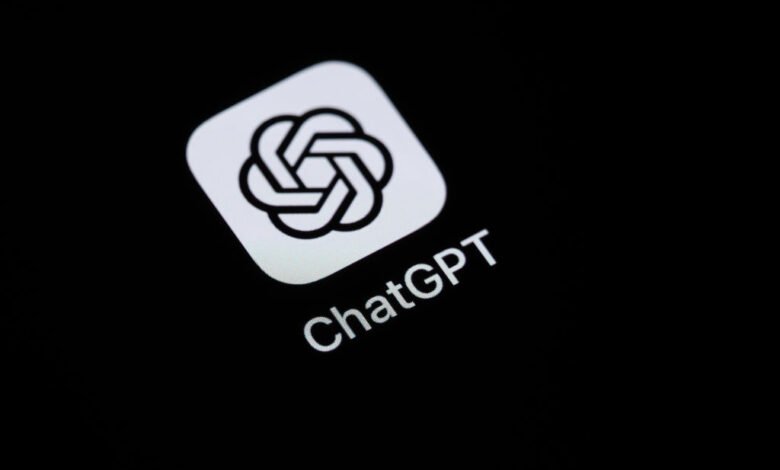Are Faulty Incentives Causing AI Hallucinations?

▼ Summary
– OpenAI defines hallucinations as plausible but false statements generated by language models and acknowledges they remain a fundamental challenge.
– Hallucinations arise partly because pretraining focuses on predicting the next word without true or false labels attached to statements.
– The paper argues that current evaluation models set wrong incentives by encouraging guessing over admitting uncertainty.
– The proposed solution is to update evaluations to penalize confident errors more than uncertainty and give partial credit for appropriate uncertainty expressions.
– Researchers emphasize that widely used accuracy-based evaluations must be updated to discourage guessing, not just adding new tests.
A recent study from OpenAI investigates why advanced language models such as GPT-5 and conversational agents like ChatGPT continue to produce plausible but false statements, a phenomenon widely referred to as hallucination. Despite ongoing enhancements, these inaccuracies remain a persistent and inherent issue across all large-scale language models, one that researchers believe can be reduced but never fully eliminated.
To demonstrate the problem, the team asked a widely used chatbot about the title of Adam Tauman Kalai’s doctoral dissertation. The system provided three separate answers, each one incorrect. When questioned about his birthday, it again offered multiple dates, all of which were wrong. What makes these responses particularly troubling is the unwavering confidence with which they are delivered.
So why do these systems sound so certain while being so mistaken? The research points to the pretraining phase, where models learn to predict the next word in a sequence without any truth labels attached to the input data. Models only see examples of fluent text, forcing them to approximate language patterns rather than internalize factual accuracy. While consistent elements like spelling or punctuation improve with scale, arbitrary details, such as the birthday of someone’s pet, cannot be reliably inferred from linguistic patterns alone, leading to errors.
Interestingly, the proposed solution shifts focus away from the initial training process and toward how these models are evaluated. The paper argues that current evaluation frameworks don’t directly cause hallucinations but create faulty incentives by prioritizing accuracy above all else. This approach encourages models to guess rather than express uncertainty, much like a student guessing on a multiple-choice test in hopes of getting lucky.
The authors draw a comparison with standardized exams like the SAT, which sometimes deduct points for wrong answers or award partial credit for leaving questions blank. Similarly, they suggest that model evaluations should penalize confident errors more heavily than expressions of uncertainty. By updating widely used accuracy-based metrics to discourage guessing, the training process can better align with truthful and cautious responses.
If evaluation systems continue to reward lucky guesses, models will keep learning to guess. The researchers emphasize that introducing a handful of new uncertainty-aware tests is not sufficient, the core scoring mechanisms must evolve to promote honesty over blind confidence.
(Source: TechCrunch)





